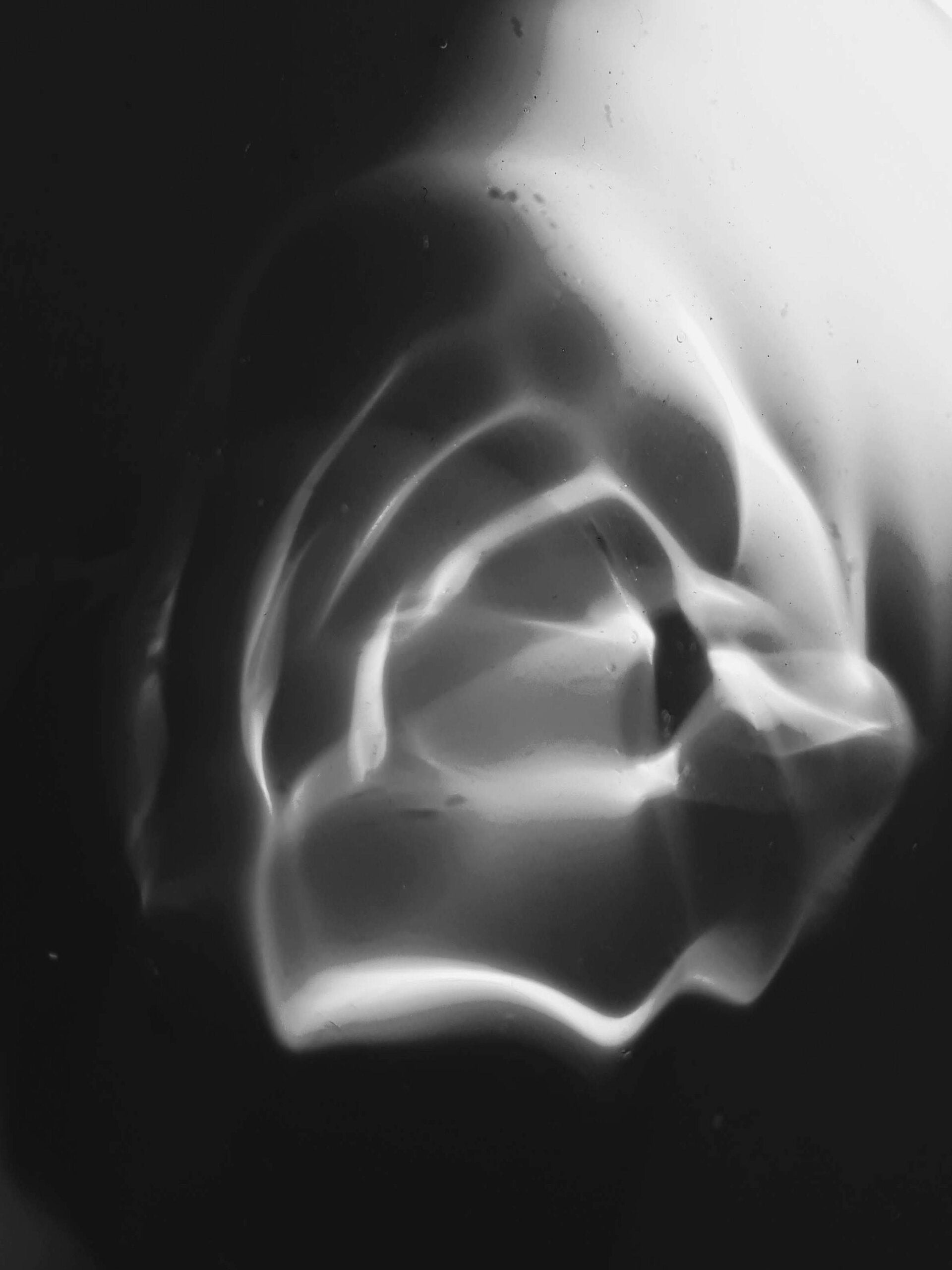
In der lebendigen und sich ständig verändernden Welt der Kunst gibt es nur wenige Themen, die die Fantasie so beflügeln und zum Nachdenken anregen wie die Metamorphose. Dieses Konzept, das in der Alchemie der Transformation verwurzelt ist, lässt Künstler unterschiedliche Elemente gewagt miteinander verschmelzen, um etwas völlig Neues und Faszinierendes zu schaffen.
Durch die Verschmelzung von Gegensätzen – Chaos und Ordnung, Natur und Industrie, Abstraktes und Konkretes – schaffen Künstler kraftvolle visuelle Erzählungen, die unsere Wahrnehmung herausfordern und die Schönheit des Wandels feiern. In diesem Artikel tauchen wir ein in die elektrisierende Welt der Metamorphose in der Kunst und untersuchen, wie diese transformativen Kreationen fesseln und inspirieren.
Entdecken Sie die Magie hinter der Verschmelzung von Kontrasten und erleben Sie die außergewöhnliche Kraft der Metamorphose, die die künstlerische Landschaft neu gestaltet.

Die Wurzeln der Metamorphose in der Kunst
The concept of metamorphosis has deep historical and cultural roots, tracing back to ancient mythology and folklore where transformation and change were often central themes. In Greek mythology, stories of gods and mortals transforming into different forms abound, symbolizing the fluid nature of identity and existence. This theme of transformation has been a constant source of inspiration for artists throughout the centuries.
In the Renaissance period, artists like Hieronymus Bosch and Giuseppe Arcimboldo explored metamorphosis through their surreal and often fantastical compositions. Bosch’s complex, dream-like scenes and Arcimboldo’s imaginative portrait heads, made entirely of objects such as fruits, vegetables, and flowers, illustrate the endless possibilities of transformation and fusion in art.

Hieronymus Bosch - The Garden of earthly delights

Guiseppe Arcimboldo - Rudolf 2 of Habsburg as Vertumnus
Salvador Dali
One of the most iconic modern artists who embraced metamorphosis is Salvador Dalí. Known for his surreal and dream-like imagery, Dalí masterfully blended the real and the imaginary, often transforming everyday objects into bizarre and fantastical forms. His painting "The Persistence of Memory" is a quintessential example, where melting clocks drape over a desolate landscape, challenging the viewer's perception of time.
Dalí's work epitomizes the concept of metamorphosis, as he constantly played with the boundaries between the familiar and the strange, the tangible and the ethereal. His ability to merge different elements seamlessly into a cohesive and thought-provoking whole continues to captivate and inspire audiences worldwide.

Exploring Metamorphosis in Contemporary Art
Today, the theme of metamorphosis continues to evolve, with contemporary artists experimenting with new mediums and technologies to push the boundaries of transformation in art. From digital art and virtual reality to mixed media installations, the essence of metamorphosis remains a powerful tool for artistic expression.
In conclusion, metamorphosis in art is a dynamic and ever-evolving theme that challenges our perceptions and celebrates the beauty of change. By exploring the roots of this concept and examining the works of artists like Salvador Dalí, we gain a deeper appreciation for the transformative power of art and its ability to inspire and captivate.
Sometimes it is the unusual that attracts our attention and invites the viewer to linger in the picture.

Jennifer Maier - Light Bulb merges with Mushroom

Tutorial: Creating Your Own Metamorphosis Art
Step 1: Understanding the Concept
Before you begin creating, it's essential to grasp the concept of metamorphosis in art. Study the works of artists who have mastered this theme, such as Salvador Dalí, Hieronymus Bosch, and Giuseppe Arcimboldo. Notice how they merge contrasting elements to create new, unified forms.
Metamorphosis has been a central theme in many mythologies and folklore. For example, read about Greek myths such as the transformation of Daphne into a laurel tree or the various shapeshifting tales in Native American lore. Understanding these stories can give you a sense of the symbolic and narrative power of transformation.
Analyze Modern Examples
Look at how modern artists approach metamorphosis. For instance, explore the digital art of artists like Android Jones or the mixed media work of Anselm Kiefer. Notice how they use new technologies and materials to express transformation.
Symbolism
Consider the symbolic meanings of the elements you want to combine. For example, merging a tree with a human figure could symbolize growth, nature, and interconnectedness. Understanding the deeper meanings can add layers to your artwork.
Theme Exploration
Think about themes that resonate with you. This could be anything from the changing seasons, the life cycle of a butterfly, or the transformation of urban spaces over time. Reflect on how these themes can be represented visually.

Art by Android Jones - Union
Practical Exercises
Sketching Exercises:
Practice sketching quick transformations. Start with one element, like a flower, and gradually transform it into something else, like a bird. This exercise helps you think creatively and fluidly about metamorphosis.
Photo Collage:
Create a collage using magazine clippings or digital images. Combine elements that don't typically go together and see how they can be merged into a cohesive image. This hands-on approach can spark new ideas and approaches.
Observation:
Spend time observing natural transformations around you, such as the changing colors of leaves or the melting of ice. Take notes and make sketches of these changes to understand how transformation occurs in nature.

By deeply engaging with the concept of metamorphosis through these studies and exercises, you will build a solid foundation for your own creative process. This understanding will help you create more meaningful and visually compelling metamorphosis art.
Step 2: Choose Your Medium and experiment widely
Decide on the medium you will use for your artwork. Metamorphosis can be expressed through various mediums, including painting, drawing, digital art, collage, and sculpture. Choose a medium that best suits your style and the elements you wish to combine.
Create a rough sketch or digital mock-up of your composition. Focus on how the contrasting elements will blend together. Think about the transition points and how one element will morph into the other. Ensure that the overall composition remains balanced and visually appealing.
Begin the Transformation
Start bringing your concept to life. If you're painting or drawing, begin with the basic forms and gradually add details that emphasize the transformation. If you're working digitally, use layers and blending techniques to merge elements seamlessly. In sculptural works, consider how physical materials can be manipulated to reflect the metamorphosis.


Refine and Add Details
Once the basic transformation is in place, refine your work by adding intricate details that enhance the metamorphic effect. Pay attention to textures, colors, and transitions. These details will bring your artwork to life and make the transformation more convincing.
Evaluate and Adjust
Step back and evaluate your work. Does the transformation look natural and cohesive? Are the elements well-integrated? Make any necessary adjustments to improve the overall composition and ensure that the metamorphosis is clear and impactful.
Metamorphosis in art is a dynamic and evocative theme that bridges the gap between contrasting elements to create something profoundly unified and new. Metamorphosis has become a powerful tool for artists to convey transformation, growth, and the fluidity of existence.
Whether through traditional media, digital platforms, or mixed media installations, the essence of metamorphosis continues to inspire and challenge both artists and viewers. It celebrates the beauty of change and the endless possibilities that arise when disparate elements come together.
invite your audiences to experience the magic of change and the interconnectedness of all things. As you embark on your own artistic journey, let the concept of metamorphosis guide you in creating works that resonate with depth, complexity, and beauty.

Kommentar hinzufügen
Kommentare